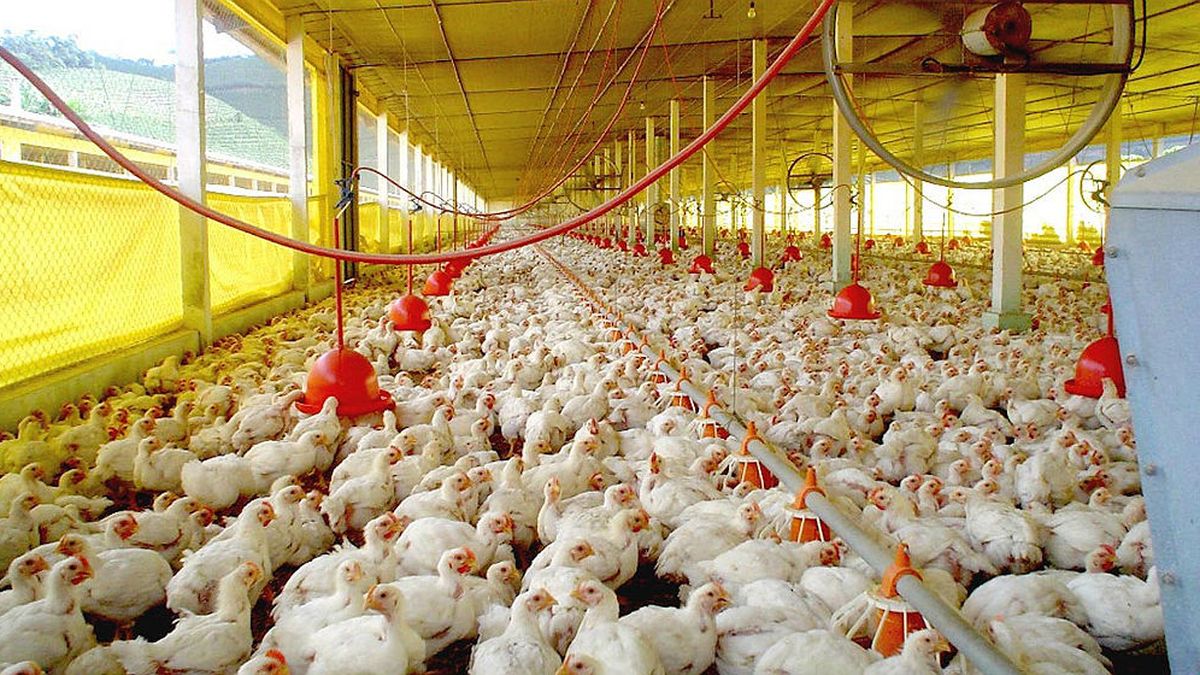After learning of the positive case, the Secretary of Agriculture, Juan José Bahillo, assured that “our poultry products continue to be safe for Argentines. The suspension of exports responds to the requirements of international regulations.”
Moving forward, SENASA is actively working not only to contain the disease but also to reopen exports in the short term. It is that the activity needs to be exported since there are some products, such as claws that are not consumed internally and the companies that work in the sector have important contracts to fulfill.
The confirmed positive case comes from a broiler chicken establishment located in Mainque, Río Negro, south of the Patagonian zoophytosanitary barrier, in an area of low poultry density. Diana Guillén, president of SENASA, pointed out in this context that in that establishment it was indicated “quarantine and slaughter of birds, cleaning must be done and wait for the 28-day cycle before seeing again what happened to the place.”
Regarding the production that cannot be exported, he said that “it can be turned to the domestic market” and called for “the population to remain calm, that it can be consumed because (the disease) is not transmitted by meat and eggs and what is sold comes from healthy companies”.
In any case, the greatest concern of the sector and of the Government itself is that after the detection of a case in the commercial circuit, the protocol indicates the slaughter of the entire flock of birds, which will generate economic damage for the affected producer. . That is why the agricultural portfolio is proposing possible alternatives for financial aid in these specific cases.
Of the 177 notifications analyzed by the Senasa Laboratory to date, there are 25 confirmed cases (three in wild birds, 21 in backyards and one in the commercial sector) distributed as follows: Córdoba (13), Buenos Aires (4) , Río Negro (2), Santa Fe (2), Jujuy (1), Neuquén (1), San Luis (1) and Salta (1).
Faced with the question of when exports will be able to resume, the truth is that it is still too early to establish a certain date. That is why the agricultural ministry together with SENASA seeks that the disease does not continue advancing and all eyes are on the province of Entre Ríos, where most of the birds produced in Argentina are found.
Source: Ambito




